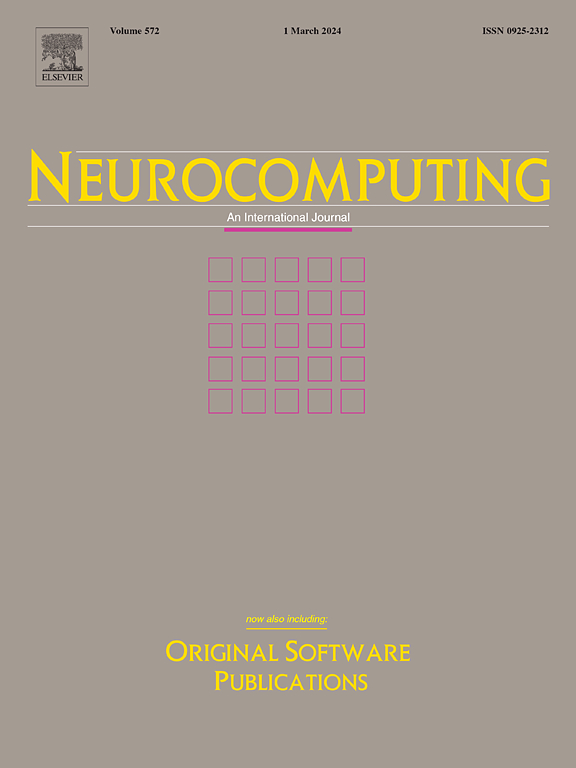集成机器学习解释的鲁棒性如何?
IF 6.5
2区 计算机科学
Q1 COMPUTER SCIENCE, ARTIFICIAL INTELLIGENCE
引用次数: 0
摘要
迄今为止,有几种可解释的人工智能方法可用。结果解释的可变性可能很高,特别是当考虑许多输入特征时。缺乏健壮性可能会限制它们的可用性。在本文中,我们试图通过提供一种方法来填补这一空白:i)能够测量给定解释集的稳健性;Ii)建议如何通过调整模型参数来提高鲁棒性。在不损失一般性的情况下,我们举例说明了集成树模型的建议,它通常在分类问题中达到很高的预测性能。我们考虑了一个人工生成数据的玩具案例研究,以及两个实际案例研究,其应用领域是网络安全,更准确地说,是用于检测网络钓鱼网站的模型。本文章由计算机程序翻译,如有差异,请以英文原文为准。
How robust are ensemble machine learning explanations?
To date, several explainable AI methods are available. The variability of the resulting explanations can be high, especially when many input features are considered. This lack of robustness may limit their usability. In this paper we try to fill this gap, by contributing a methodology that: i) is able to measure the robustness of a given set of explanations; ii) suggests how to improve robustness, by tuning the model parameters. Without loss of generality, we exemplify our proposal for ensemble tree models, which typically reach a high predictive performance in classification problems. We consider a toy case study with artificially generated data as well as two real case studies whose application domain is cybersecurity and more precisely the models used for detecting phishing websites.
求助全文
通过发布文献求助,成功后即可免费获取论文全文。
去求助
来源期刊

Neurocomputing
工程技术-计算机:人工智能
CiteScore
13.10
自引率
10.00%
发文量
1382
审稿时长
70 days
期刊介绍:
Neurocomputing publishes articles describing recent fundamental contributions in the field of neurocomputing. Neurocomputing theory, practice and applications are the essential topics being covered.
 求助内容:
求助内容: 应助结果提醒方式:
应助结果提醒方式:


